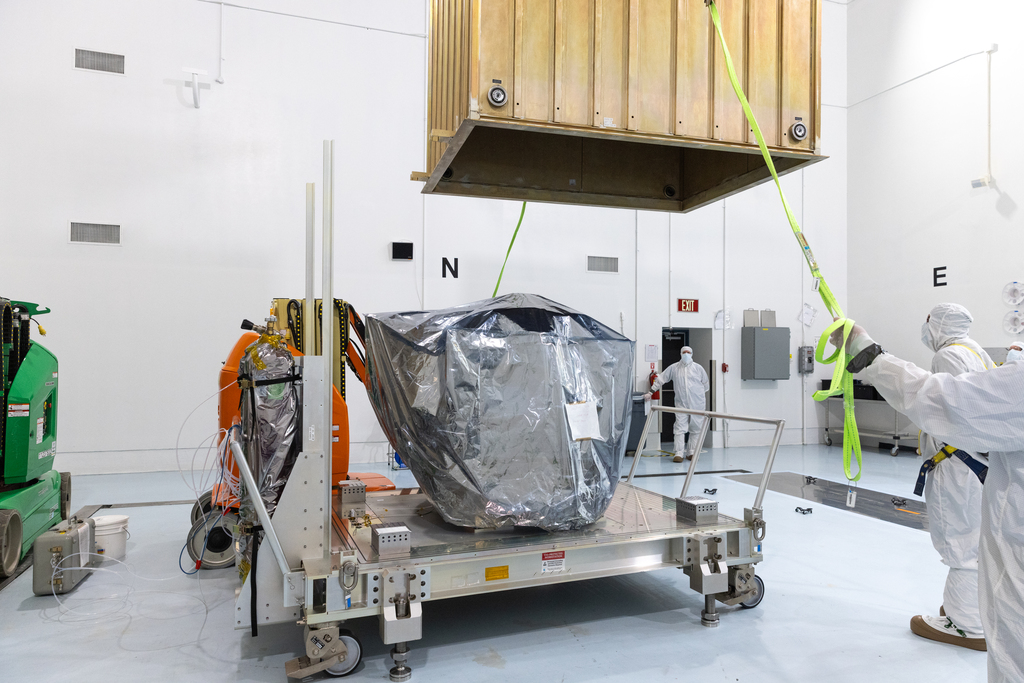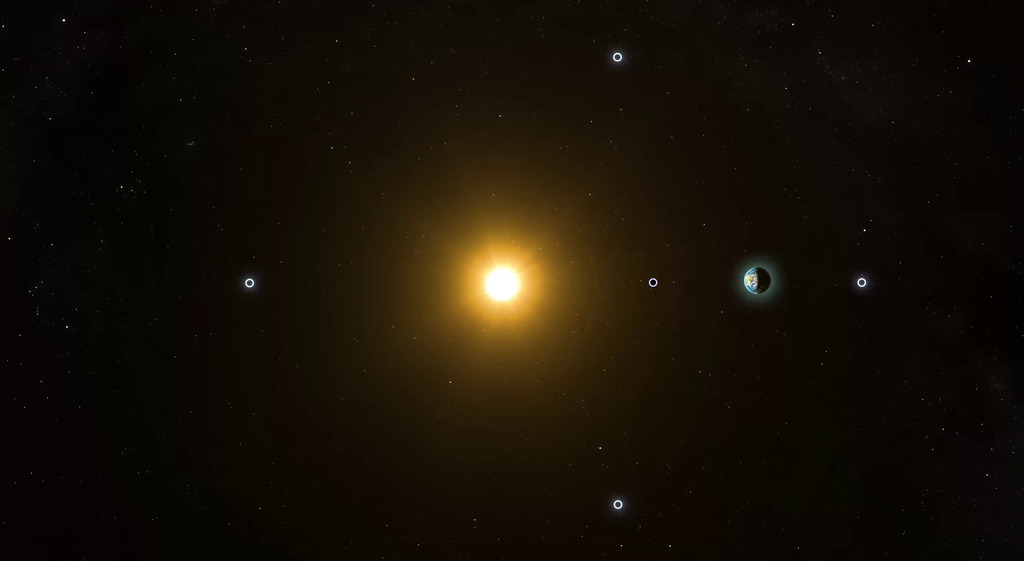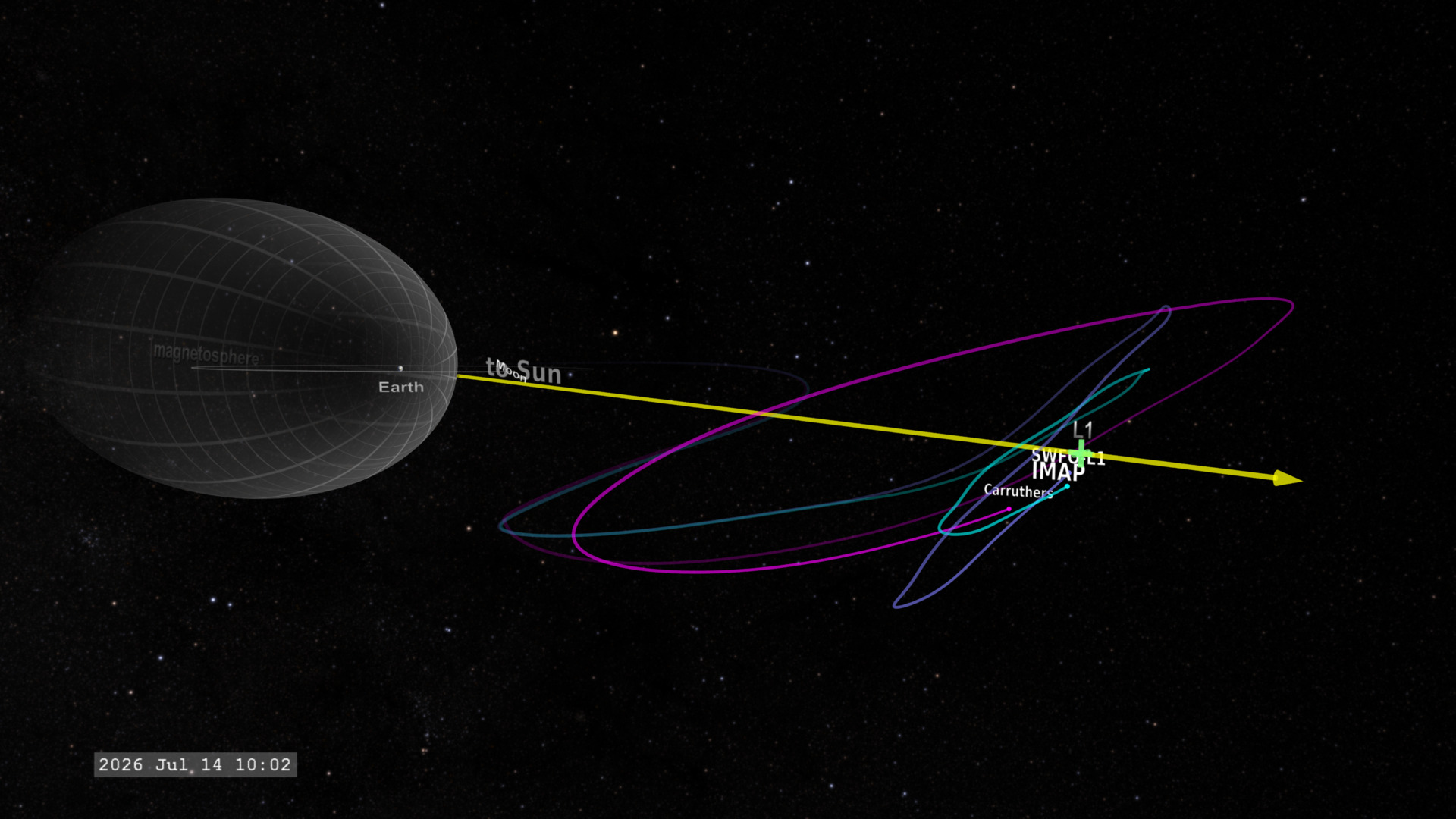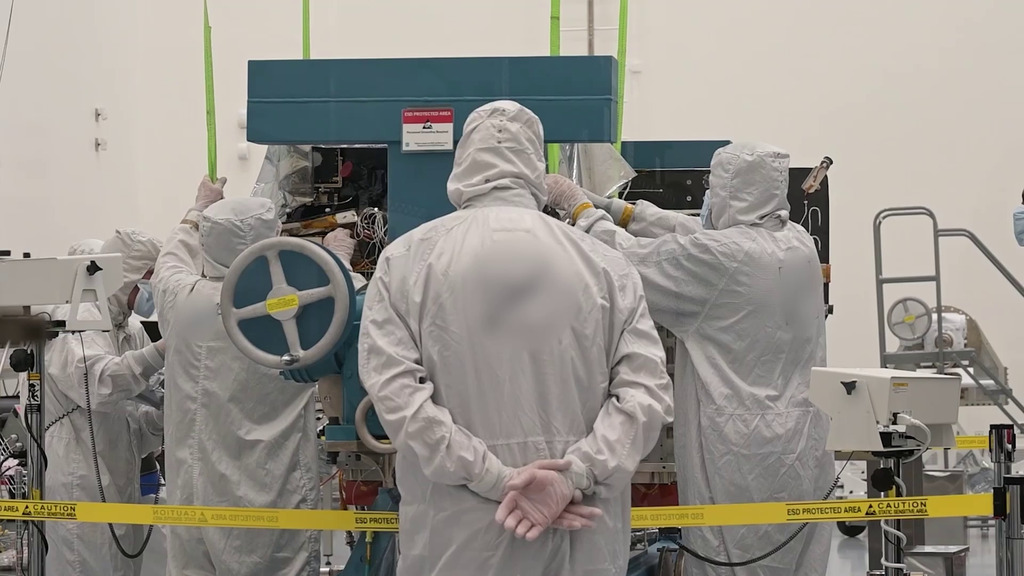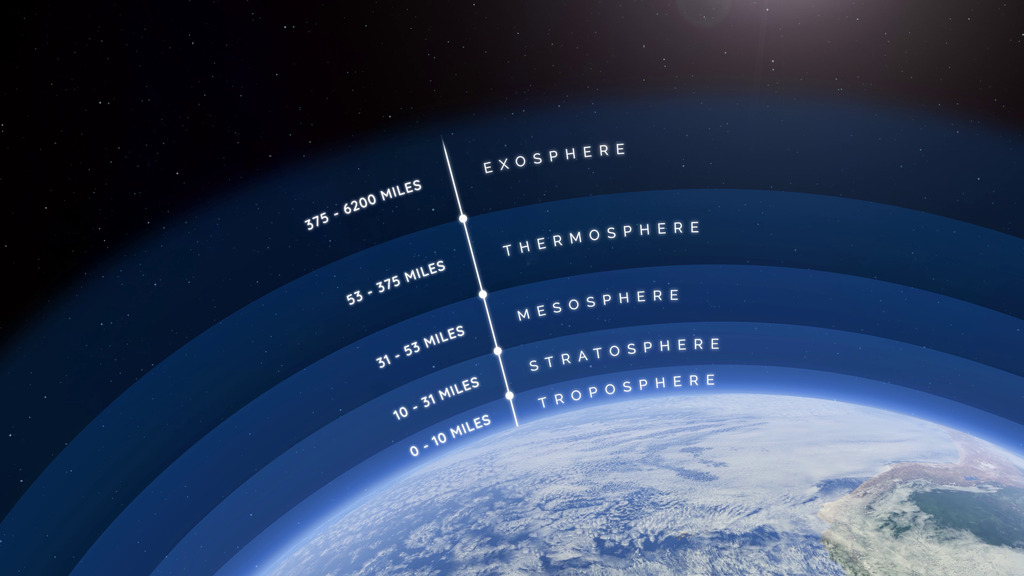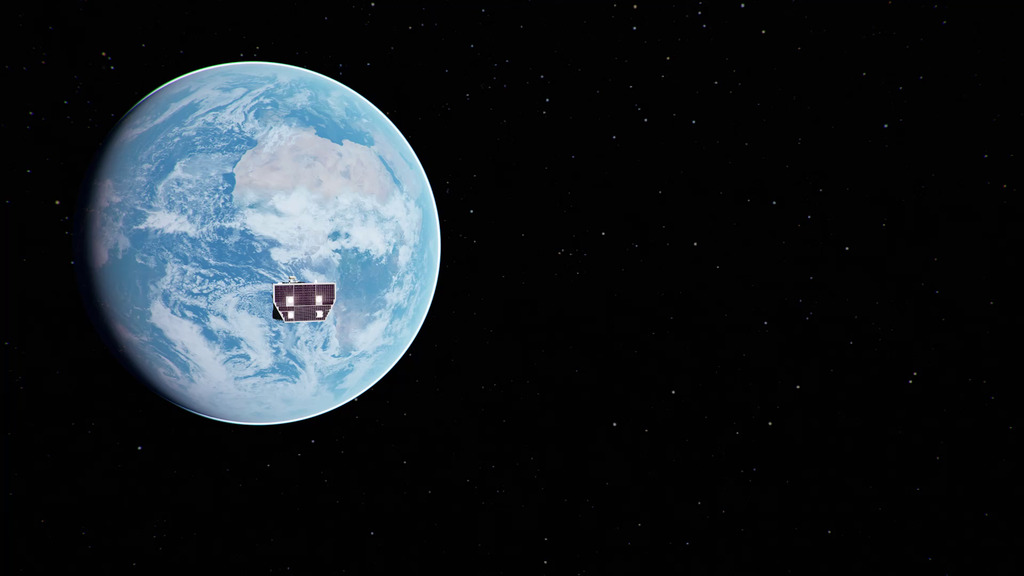NASA Mission to Study Giant ‘Halo’ Surrounding Earth
In 1972, Apollo 16 astronauts placed an ultraviolet camera on the Moon that captured the first images of Earth’s geocorona, the light emitted by Earth’s outermost atmospheric layer. A new NASA mission bearing the name of the telescope’s creator, Dr. George R. Carruthers, will launch into space to build on that legacy. From a vantage point roughly one million miles closer to the Sun than Earth is, the Carruthers Geocorona Observatory will capture the most comprehensive views of the geocorona to date. The observations will reveal new insights into the structure of our atmosphere, how solar eruptions impact Earth, and how a planet’s surface water can escape to space, aiding the search for habitable planets elsewhere in the universe.
Learn more about Carruthers Geocorona Observatory science: https://science.nasa.gov/science-research/heliophysics/new-nasa-mission-to-reveal-earths-invisible-halo
Learn more about the Carruthers Geocorona Observatory: https://science.nasa.gov/mission/carruthers-geocorona-observatory/
Produced Video
Watch this video on the NASA Goddard YouTube channel.
Complete transcript available.
Music Credit: "Time in Motion” by Rick Hearson [PRS], “Proud Patterns by Paul Joseph Smith [PRS] from Universal Production Music
Produced Video
A Carruthers Geocorona Observatory overview created for the launch broadcast.
Music Credit: "Time in Motion” by Rick Hearson [PRS] from Universal Production Music
For More Information
Credits
Please give credit for this item to:
NASA's Goddard Space Flight Center
-
Producers
- Beth Anthony (eMITS)
- Lacey Young (eMITS)
-
Animators
- Jonathan North (eMITS)
- Wes D. Buchanan (eMITS)
-
Talents
- Alex Glocer (NASA/GSFC)
- Lara Waldrop (University of Illinois Urbana-Champaign)
Series
This page can be found in the following series:Release date
This page was originally published on Thursday, September 18, 2025.
This page was last updated on Monday, November 3, 2025 at 1:35 PM EST.
